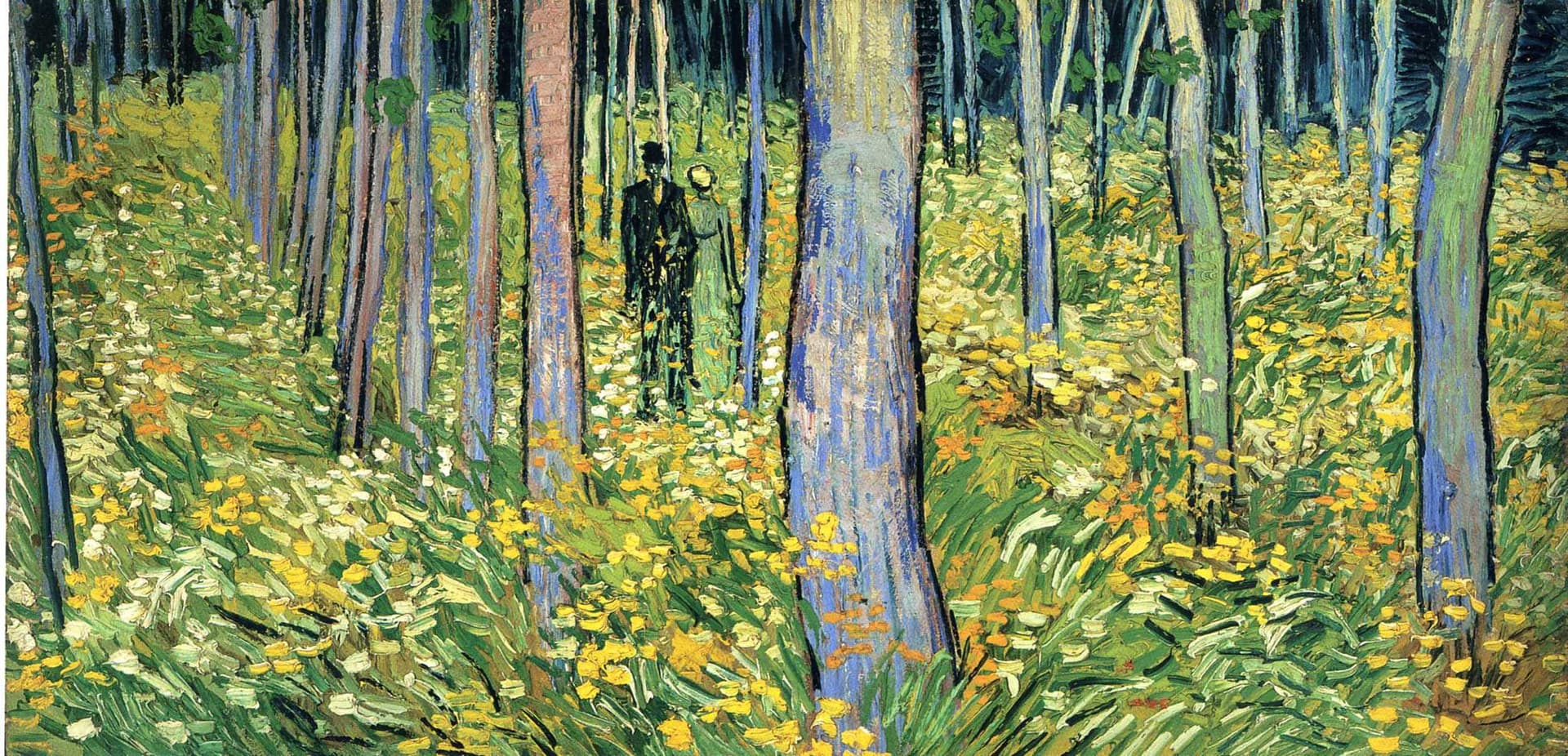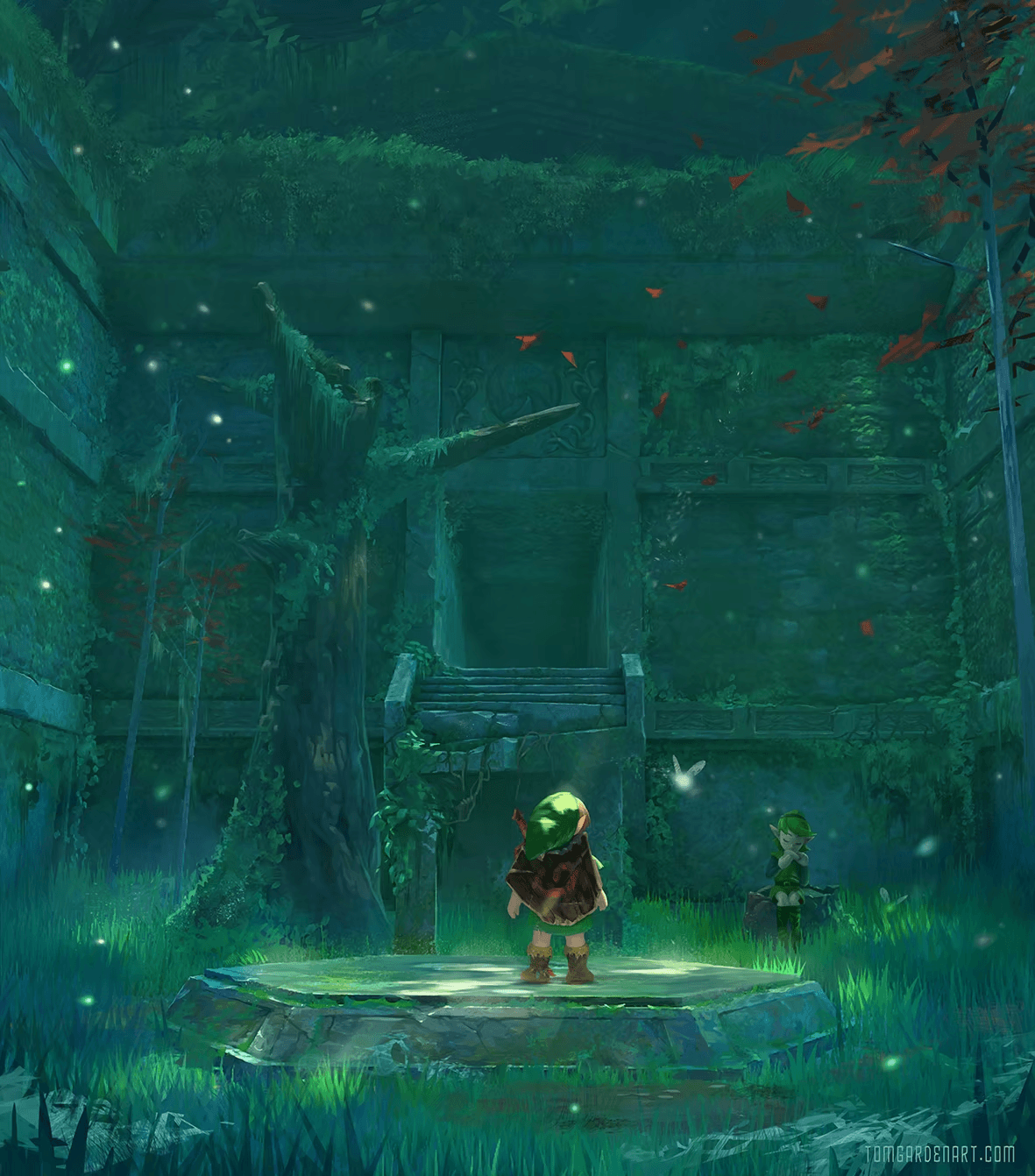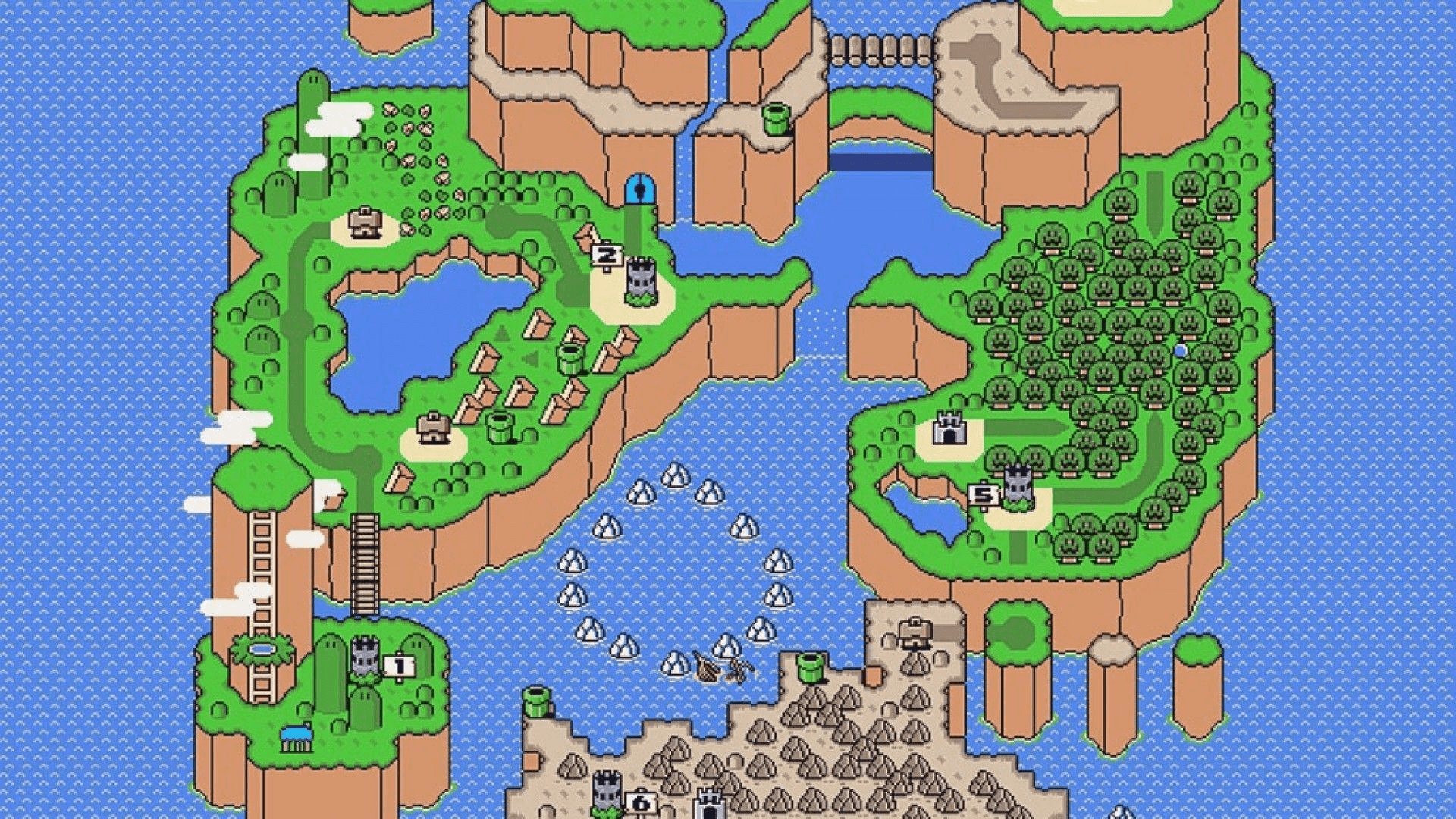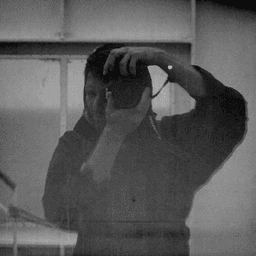IND3X.GAMES: BLOG
back to postsGame Design Analysis No. 1 - Ocarina of Time and the Feeling of Exploration
Posted 4 months ago
In the early 1960s, a young boy encountered an intriguing mystery.
He peered out from the familiar home of his grandparents into a deep, thick forest, headed by a local trail. The trail thinned until it disappeared from sight, and the boy felt himself as if beckoned by the woods. A feeling of awe and curiosity about its many secrets swelled within him. In an impulse of courage, he left the house, and wandered into a new universe.
Over rock and dirt, pushing through brush and branches, finding his way through moss-covered logs and unknown creatures. Among the dark earth and the dancing shadows dressed upon the rocks, a stone wall emerged, half-swallowed by the earth. The air was still but rich, and filled with sounds. The boy felt a stream of courage within his blood. He listened intensely to the floating leaves, the singing of the birds, and the far off rush of a creek. He wondered about what had once stood in that place, what secrets lay hidden beneath that dark earth. Marveled and filled with dreams, he felt like he had stumbled into a world that no one else could remember.
What the boy found in those woods stayed with him. Years later, he would craft that same sense of quiet discovery into something new, and through an unexpected art form. A game where players could wander, explore, and stumble onto hidden places they never imagined could exist.
Shigeru Miyamoto knew that the feeling was more than just swords and puzzles and battles. What he felt in those woods would become the inspiration for one of the most memorable games of the 1990s - The Legend of Zelda: Ocarina of Time.
In this series I am going to look at The Legend of Zelda: Ocarina of Time through the lens of game design, covering the several aspects of its design and how they affect the player experience. Of course, game design is much more than what I described above. Let's make it our starting point as we look at some of these ideas:
- Exploration
- Fun and Puzzles
- The Sense of Accomplishment
- Nostalgia
- Narrative
- Meaning
Oh, and so much more.
The Design of Ocarina of Time - Part 1: Exploration and Mystery

Let's just start off by getting one thing out of the way: Ocarina of Time is an old game. It launched in 1998 - that's nearly 30 years ago. The game is older than half of all gamers today! And yet it boasts more than just a legacy, because to this day we still see speed runners, well thought-out youtube commentary, and who knows how many streamers on twitch have come and gone.
When we consider that OOT has actually had a 3DS remaster and a few reimagined gameplay editions, we can take notice of one particularly important aspect that remains untouched across these different versions:
We have lot's of those games today. In fact, isn't that a genre? Well, yes, that's right, it is. We can also look at it from another perspective though, the perspective of player-driven decisions:
Any decision made by the player for the sake of satisfying their curiosity feels more entertaining that being told what to do next
This is a pretty clear rule. An open world allows you, as a player, to go where you want. And when something is imposing direction on you, it feels frustrating, like a job. It's also part of what makes every encounter with that dumb owl so boring. The owl wants to tell you what to do but you don't care and you can't skip through that dialog even though you want to be on your way to discovery.
The worst part is that when you think you're finished mashing the A button, he throws one of those trick questions at you, and you end up starting the conversation over. If you don't know what I'm talking about, don't even worry, no loss on your part.
Let's get back to the point I want to make: open world concepts are not fun simply because they are open to exploration - it's that the openness puts the decision making in the hands of the players. You get to decide what to do next!
OOT did not invent the idea of an open world in games. And to be honest, I don't think this idea of openness and player control can only be implemented through a massive world that takes hours to get from one side to another. Let me give you two examples of what I mean.
Super Mario World (SNES)

Yep, another old game. This one is actually from the year 1990.
If you are fortunate enough to have played it, you already know the layout. For those of you who don't, the game is set in a large world map, and you visit different worlds by navigating through different zones and completing the levels in each zone.
But check this out - your first interaction with this world begins with a choice. As soon as you begin the game, you get to choose whether to go left, or to go right. And you don't even know what it means!
Later, as you explore different worlds and gain experience, you learn that there are multiple paths, and some levels even have secrets! You could easily progress through the game in a linear fashion, only paying attention to what is directly in front of you. And yet, once you learn there are branching paths, you are motivated by the idea that you could find a different path, where you can find something new. And then it becomes your choice: you are in control.
What about the opposite end of this?
That one spacey game
What was it called? Oh right, No Man's Sky. I don't mean to pick on this game. In fact I have heard that since its launch, the team has massively improved it. In any case, the game features a very open world, free to roam and explore, right?
Right. Except they made one fundamental mistake in the “openness” of the game.
There was nothing to see.
The universe was so open, and so random, that they completely removed meaning from the idea of exploration. You were given plenty of freedom to make choices, but your choices didn't amount to anything after all, because nothing was connected - there was no depth.
It's like walking into an ancient library, and once inside, finding out that every book is blank. The only interesting part about that library is that it even exists.
Ok let's give them back their game, it was a huge undertaking. So we can talk about something closer to home: The Legend of Zelda: Wind Waker.
What's wrong with Wind Waker?
Easy now, I am not going to trash this game. In fact, it's quite an amazing game, and I may do a game design dive on that one in the future as well. So let's consider the topic at hand: Wind Waker also boasts a great open world, in the form of an expansive sea that takes a long time to navigate from corner to corner.
However, there were many players who felt that the open sea was boring, because there was nothing to do there. The interesting islands were few and far between. Let's reinforce the concept then:
The player needs to be given the freedom to make choices, and their choices need to feel meaningful
Notice how I used the word feel. This can be achieved through illusion (we are looking at you, Portal), but it needs to be done somehow. One of the ways in which the meaning can be achieved is through side quests, alternate paths leading to upgrades, or interactions with non playable characters. Sometimes, a good old mystery with no answers can do the trick just fine.
Putting it all together
OOT gives the player a big world to roam in, and it also respects your choices as a player. At one point in the game, you can have as many as four temples available to you, and that doesn't include the side quests. And the kicker is that each of those choices feels like it could be a fun, interesting choice. You ask yourself, wow, where should I go first? I think I will just take a look around here and then I'll go to that temple.
And now, we come full circle.
That feeling - the urge to explore the woods that young Miyamoto felt - the urge to look around just a little longer before moving on - that is the mark of a truly open world. It is a world that invites you in, not because of its sheer size, but because of the mystery and meaning that it holds within.
Now let's go see what we can find.
I think some people might be thinking, wait a minute, I don't remember being able to access four temples at any given time in OOT! (raise fist)
Well, young sirs, you may just not be as big of a nerd as I am. It boils down to this:
As an adult, once you have the Hookshot and Bow, you don't have to stay in the forest temple. You can just run along out of there and get all equipped with your Goron Tunic and Iron Boots and visit the Fire or Water temples. You can also learn the Nocturne of Shadow and head on over to the Shadow Temple.
Don't worry, the internet will guide those who wish to find.
Did you like what you just read?
Sign up for our newsleter and get it sent straight to your email!
